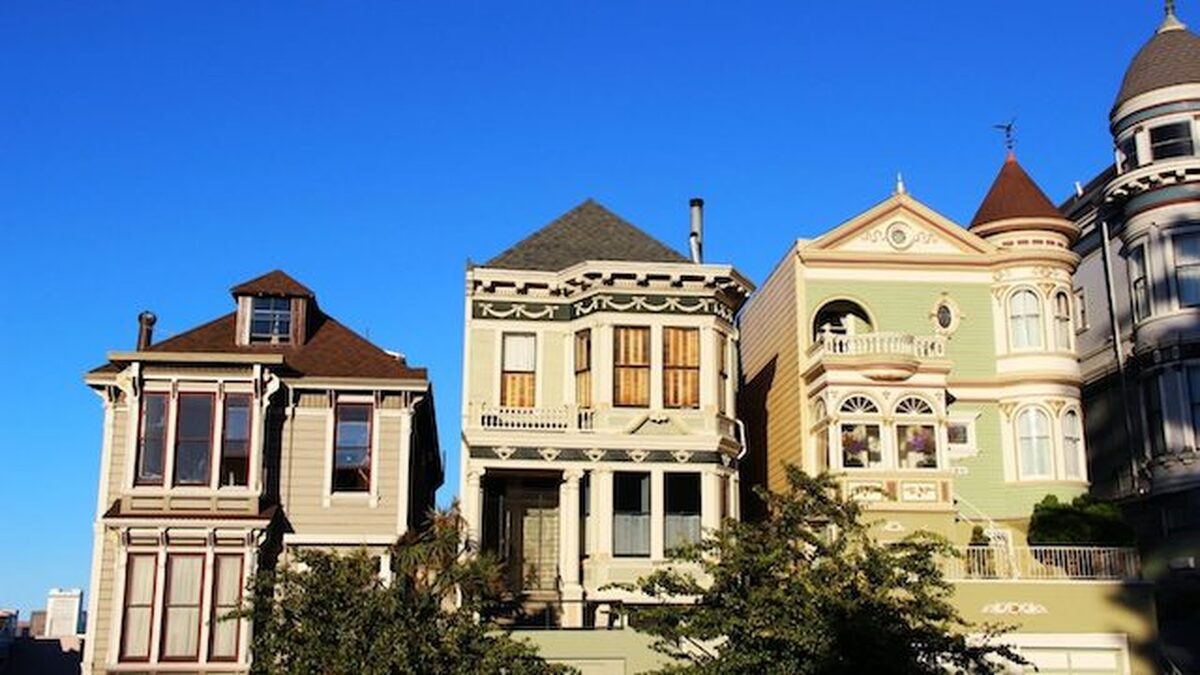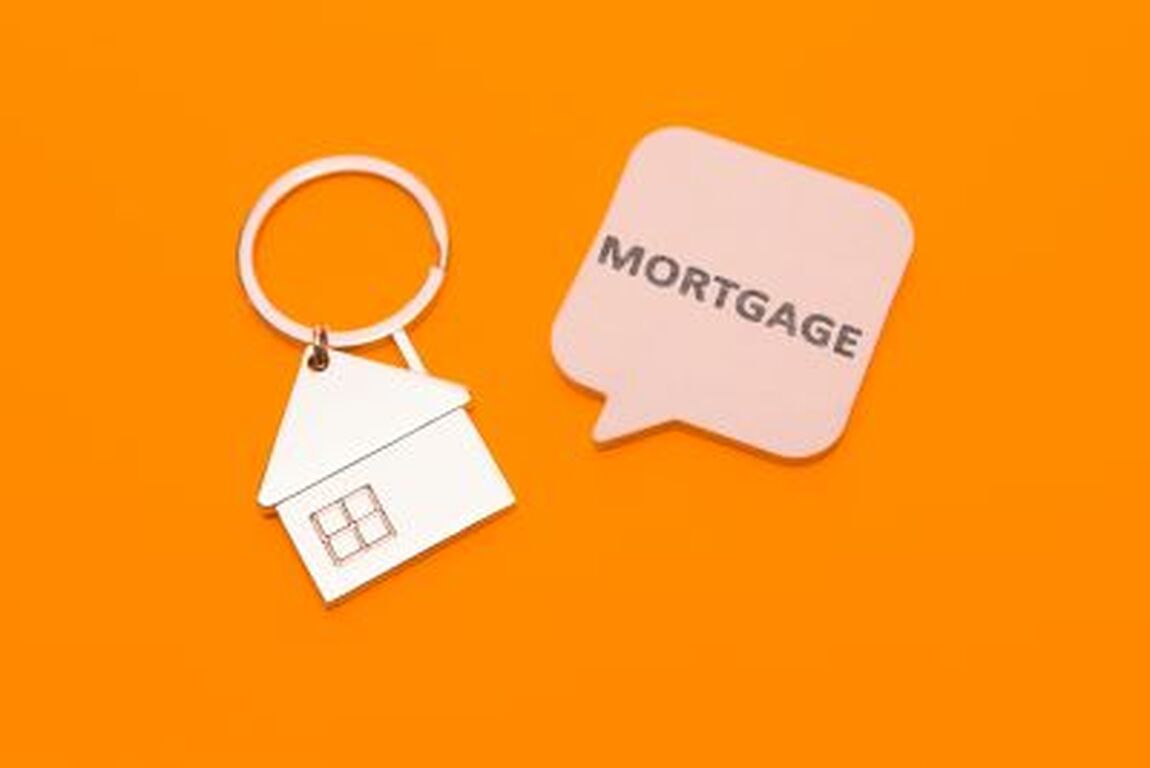Home sale-leasebacks are increasing, but are they good for homeowners?
The coronavirus pandemic hit many U.S. homeowners hard, leading them to opt into national mortgage forbearance plans while struggling to stay afloat.
About 2.2 million homeowners are now enrolled in forbearance plans, according to the New York Federal Reserve. In addition, approximately 1.77 million U.S. households have serious mortgage delinquencies, or are more than 90 days past due on their mortgage payments, according to software, data and analytics company Black Knight.
As these homeowners have become more desperate, some investors have found a market opportunity through sale-leasebacks, whereby an owner sells their home to an investor, but then rents the home back from the buyer while continuing to occupy the home. While not all are leasebacks, investor-owned properties have taken up an increasing share in the market, and today, make up about 20 percent of home sales in the U.S., according to John Burns Real Estate.
Sale-leasebacks no doubt can feel like a lifeline to some homeowners struggling to make their mortgage payments, but consumer advocacy groups have voiced concern over how cheaply homeowners sell their properties to investors and lose time for building equity while trying to stay in their homes.
“Where people are harmed most is when they’re desperate,” Ira Rheingold, executive director of the National Association of Consumer Advocates, told the Wall Street Journal. “I understand the short-term benefit of peace of mind. The short-term benefit of not [being] worried about being homeless in a year. But you’re giving up your long-term stability.”
“And if you want generational wealth … you’re giving all that up and you’re selling it really low,” Rheingold added.
During the pandemic, real estate tech company EasyKnock shifted its focus towards marketing its sale-leaseback program to distressed homeowners financially impacted by the pandemic who needed quick cash. In Texas, the company has purchased over 100 homes over the past two years through its sale-leaseback program, while purchasing $220 million worth of homes within the last year. The average home EasyKnock purchases is valued at about the same price as the U.S. average home price of about $280,000.
EasyKnock’s model offers homeowners with bad credit the option of taking cash out of their house, while still staying in their home, according to EasyKnock CEO Jarred Kessler. To date, about one-quarter of Easy Knock customers have bought back their homes from the company.
EasyKnock isn’t the only company capitalizing on U.S. homeowner’s need for sale-leasebacks either.
Invitation Homes, the largest rental home company in the U.S., is planning to launch a sale-leaseback program in early fall. Divvy Homes will also purchase homes for customers who don’t qualify for a standard mortgage, and then effectually serve as the client’s landlord. Divvy Homes users pay a 1 to 2 percent fee upfront, which along with a percentage of their monthly rent to Divvy, can be converted to a down payment later on if the tenant decides to purchase the home. Or, the tenant can walk away from the home too, if they decide, and cash out their savings.
The rising trend of home sale-leasebacks could yield up to 1 million homes being sold through these types of programs in the U.S. within the next five to 10 years, according to data provided to the Journal from Morgan Stanley.
About 2.2 million homeowners are now enrolled in forbearance plans, according to the New York Federal Reserve. In addition, approximately 1.77 million U.S. households have serious mortgage delinquencies, or are more than 90 days past due on their mortgage payments, according to software, data and analytics company Black Knight.
As these homeowners have become more desperate, some investors have found a market opportunity through sale-leasebacks, whereby an owner sells their home to an investor, but then rents the home back from the buyer while continuing to occupy the home. While not all are leasebacks, investor-owned properties have taken up an increasing share in the market, and today, make up about 20 percent of home sales in the U.S., according to John Burns Real Estate.
Sale-leasebacks no doubt can feel like a lifeline to some homeowners struggling to make their mortgage payments, but consumer advocacy groups have voiced concern over how cheaply homeowners sell their properties to investors and lose time for building equity while trying to stay in their homes.
“Where people are harmed most is when they’re desperate,” Ira Rheingold, executive director of the National Association of Consumer Advocates, told the Wall Street Journal. “I understand the short-term benefit of peace of mind. The short-term benefit of not [being] worried about being homeless in a year. But you’re giving up your long-term stability.”
“And if you want generational wealth … you’re giving all that up and you’re selling it really low,” Rheingold added.
During the pandemic, real estate tech company EasyKnock shifted its focus towards marketing its sale-leaseback program to distressed homeowners financially impacted by the pandemic who needed quick cash. In Texas, the company has purchased over 100 homes over the past two years through its sale-leaseback program, while purchasing $220 million worth of homes within the last year. The average home EasyKnock purchases is valued at about the same price as the U.S. average home price of about $280,000.
EasyKnock’s model offers homeowners with bad credit the option of taking cash out of their house, while still staying in their home, according to EasyKnock CEO Jarred Kessler. To date, about one-quarter of Easy Knock customers have bought back their homes from the company.
EasyKnock isn’t the only company capitalizing on U.S. homeowner’s need for sale-leasebacks either.
Invitation Homes, the largest rental home company in the U.S., is planning to launch a sale-leaseback program in early fall. Divvy Homes will also purchase homes for customers who don’t qualify for a standard mortgage, and then effectually serve as the client’s landlord. Divvy Homes users pay a 1 to 2 percent fee upfront, which along with a percentage of their monthly rent to Divvy, can be converted to a down payment later on if the tenant decides to purchase the home. Or, the tenant can walk away from the home too, if they decide, and cash out their savings.
The rising trend of home sale-leasebacks could yield up to 1 million homes being sold through these types of programs in the U.S. within the next five to 10 years, according to data provided to the Journal from Morgan Stanley.


 Menu
Menu




